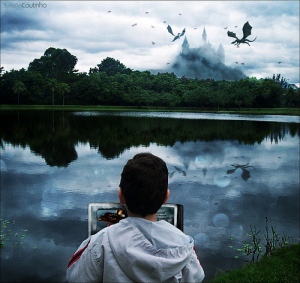
There are over 1 billion users of virtual worlds, online communities where users have avatars and participate in various simulated environments. Even more impressive than that number: roughly half of those virtual world users are under age 15.
With a number of news stories lately about kids under 13 on Facebook (violating the social network's terms of service), you'd think there weren't any other social networking sites that were geared for kids or where kids wanted to be. But clearly that's hardly the case, and there are many social networks, gaming sites and virtual worlds aimed at the under 13 set: Club Penguin, Whyville, and Webkinz to name just a few. (Here's a list of eight social media sites just for kids.)
Allowing children under age 13 to participate in online communities often raises questions about security and safety, and many parents fear predators and cyberbullies. Kid-oriented websites have a number of measures to prevent these dangers for their members, including logging chats and flagging questionable content and suspicious accounts.
But there may be other problems with these sites too, including the intense commercialization of many of them. Often virtual worlds (for children as for adults) encourage not just game-play but consumption, and kids need to buy virtual goods (sometimes with real money) in order to dress their avatars and decorate their virtual homes. Purchasing in-game items often gives users more status, and that's a lesson in itself that parents may or may not wish to have imparted to their kids.
Virtual worlds are often dismissed as merely games and most do not claim to be educational websites. But there are plenty of informal learning opportunities for kids in these environments, particularly as these are often their first experiences with online communities. Participating in a virtual world can help kids learn how to communicate and behave online.

